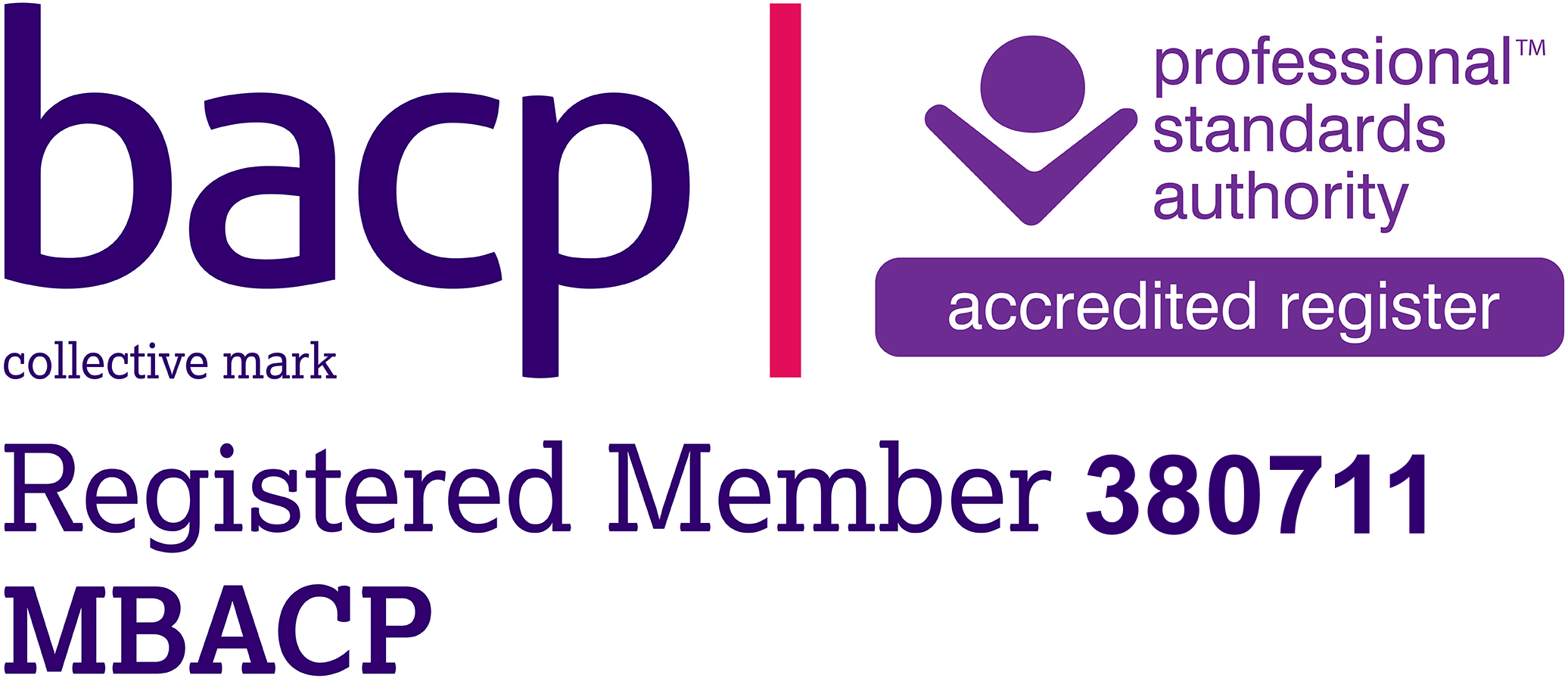Examples of Trauma Story principles in action
Example 1
Child x has been in the habit of shouting at her adoptive parents that they don't love her and don't want her. She has raised the ante by breaking objects that are special to her; and sometimes packs a bag and threatens to leave the home. The parents are loving and the home has been a good one so they are mystified as to the cause of this behaviour.
The Trauma Story approach required that parents first reflect on the emotions that their daughter's behaviour elicited in them: confusion, shock, sadness, frustration, anger, humiliation etc. We then thought about the metaphor in the behaviour: of precious things being torn apart; and bags packed for a separation/ leaving. When we considered these aspects and thought back over the child's earlier life it became clear that the challenging behaviour was communicating what it had been like to leave a much loved foster carer to join the new, adoptive family, which had happened when the girl was just four.
With this understanding of the meaning of the challenging behaviour and how the child needed to communicate it to recover, parents felt reassured and were able to talk with their daughter about those events years before. The result was that the child felt understood, the trauma was processed and the challenging behaviour subsided.
Example 2
Child y was occasionally taking money from his foster carer; and also seemed to ensure that any successful, pleasant day or achievement at school was usually followed by some destructive acting out on his part. Using the Trauma Story approach we thought about the emotion stirred up in the carer: shock, anger, disappointment, humiliation etc. We also considered the symbolic quality of the behaviour: of intrusion, loss, unfairness, things being stolen or spoiled.
By making these communications more apparent, the carer was able to link the behaviours to the child's experience, years before: of drug using parents who sold their children's presents for funds for their habit and coached the children to lie to Social Care when they visited, to pretend all was good at home; and how the hope of things improving kept being dashed time and time again.
The carer realised the 'stealing' was not a personal attack, but the child's Trauma Story of parents who stole trust, safety, hope. The carer was able to engage the child in conversations about their past trauma - the placement quickly stabilised and the the challenging behaviour resolved.
Example 3
A social worker had been feeling overwhelmed, confused and hopeless about a case. The child had been giving her only single word responses, staying his room, being thoroughly self-sufficient and avoiding socialising. There was pressure from the foster carer, IRO and school to arrange a mental health intervention for a child, though local CAMHS had rejected a referral saying there was no mental health issue present. By using Trauma Story principles we were able to analyse the social workers feelings and consider some of the child's presenting behaviours to understand the links to their earlier trauma.
The social worker was then able to consider a new way to approach engaging the child, by naming some of the themes we had understood: of a need to stay safe, to avoid vulnerability and dependency lest he be hurt again, of avoiding trust etc.
The challenge of a traumatised child's challenging behaviour, is for the adults to understand the Trauma Story message that lies within that behaviour. If we can do this and put the Trauma Story into words, then children can recover from their trauma and the challenging behaviour calms as it has now found words to replace it.
Trauma Story principles support social workers, foster careers, supervising social workers, teachers, residential key workers, parents - indeed anyone who works with or looks after traumatised children.
 North East London, Essex & Online
North East London, Essex & Online


